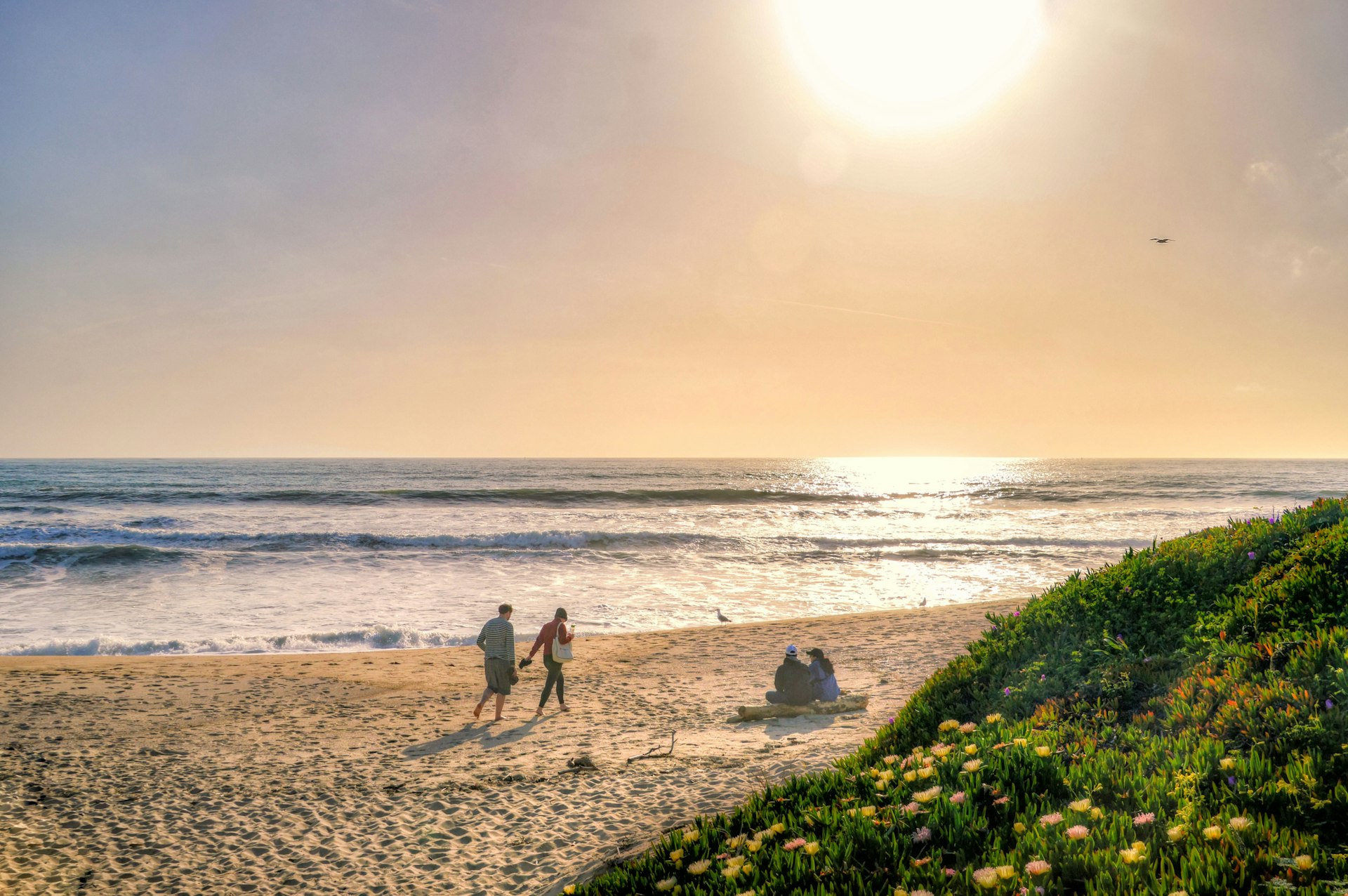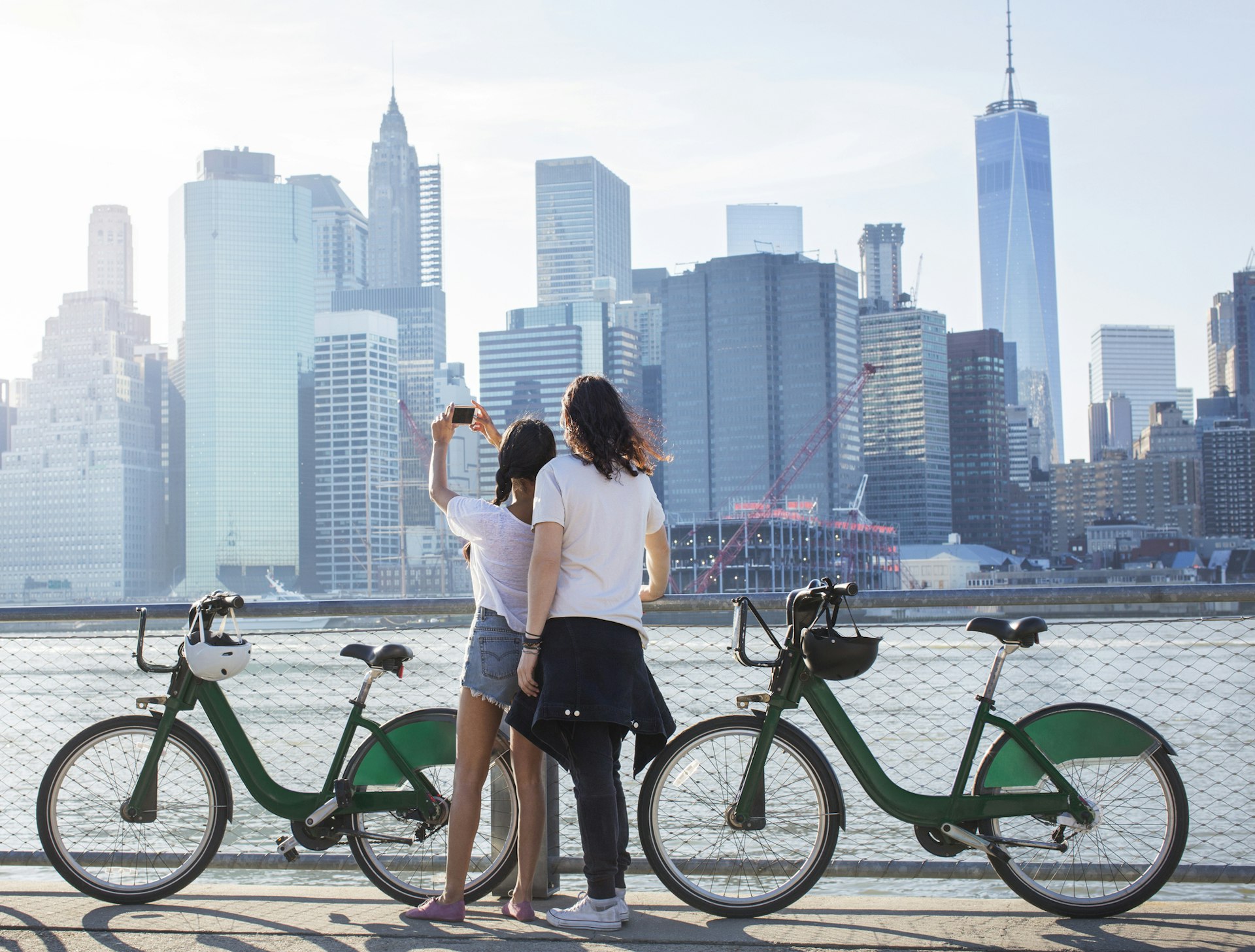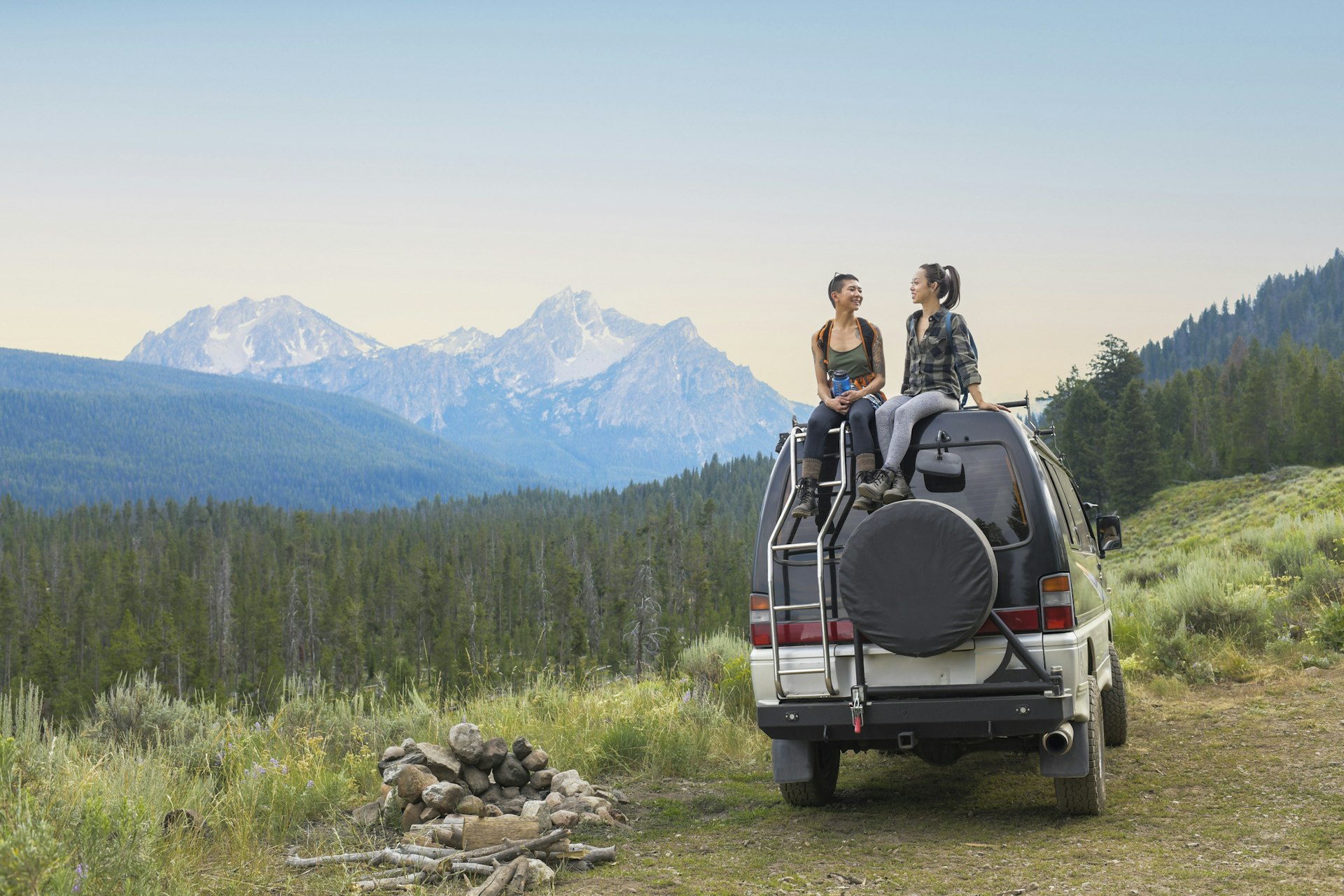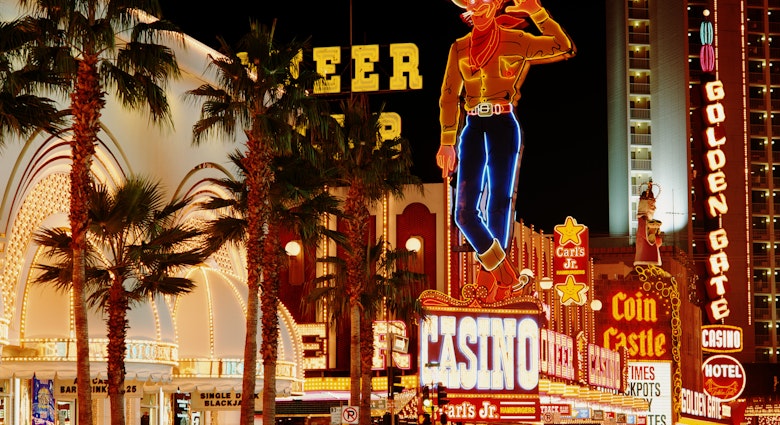When you’re visiting the USA, the question “When’s the best time to go?” isn’t a simple one – but we’re here to help. Instead, ask yourself what you’d like to do on your trip.
Do you want to hike some of the country’s tallest peaks? Go to music festivals? Soak up the sun on sparkling beaches? Explore big cities? With its immense geographical and cultural diversity, you’ll undoubtedly find something amazing to do in the US no matter when you arrive.
Thanks to school schedules and warmer weather, summer is generally regarded as the high season, while crowds taper off in the colder months (with the exception of the holiday season in mid- to late December). Spring and fall make up the shoulder seasons, but some parts of the country experience high-season crowds at this time thanks to spring superblooms in the west and fall colors in the east.
Things slow down in the winter, but traveling during this time yields some unexpected benefits: comfortable temps in notoriously hot places, smaller crowds in cities, and tons of winter sports and activities, from skiing to snowshoeing to ice fishing.
Here's what you need to know about seasons and events through the year in the US.

May to July is the best time for perfect weather
While ideal weather windows vary across the country, this is the period when most places have shaken off their winter chill and embraced the vibrant bloom of spring and early summer. The east bursts into color with nature-centric events like the Cherry Blossom Festival, the south lights up with fireflies, and wildflowers cover the rolling California hills. Patio season is in full swing in cities, and outdoor concerts begin to reappear after their winter hiatus.
This is also when cultural events kick into high gear, and national parks begin fielding some of their biggest crowds.
October to November is the best time for leaf peeping
The US takes on an amber hue in late fall, giving everything a cozy, crisp atmosphere that makes you want to grab a glass of warm apple cider. The deciduous forests of the northern Midwest, New England and Appalachia wow spectators with fiery maple trees and golden ginkgos, while western states like Colorado stun with yellow aspens that glow in the autumn sun.
Note that some of the most popular fall foliage destinations (ie, Vermont, North Carolina, etc) see high-season crowds during this time, but don’t worry – you can still catch fall colors in less trafficked spots across the country, along with lower prices.

November to March is the best time for budget travelers and city breaks
Once fall comes to a close, the crowds ease up, and most places settle into a low-key hum as they batten down the hatches for winter. This is a perfect time to make a trip to the city that’s been on your bucket list, as hotel prices dip and crowds for big-name attractions and popular restaurants dwindle. Colder (and possibly wet) weather also makes this the perfect time to enjoy some of the country’s best museums.
The one exception to the budget rule is mid-December through the New Year, as places buzz with Christmas activity and folks take to the roads and skies for trips home for the holidays. Prices spike and availability plummets, but things calm down again pretty quickly in January.
January to March is the best time to hit the slopes
Ski season technically starts in December, but slopes on both sides of the country really hit their stride in the months following the holidays. By February, most places – especially out west – have a good base of snow established, and fresh powder continues to fall. The length of ski season varies from year to year based on temperature changes and precipitation amounts, but sometimes lifts will stay open all the way through May.
March to June is best for spring colors and hiking in the mountain east
Flowers, flowers everywhere! The bluebonnets in Texas, the rhododendrons of Tennessee and North Carolina, the poppies of California – the country is a tapestry of blooms as the first waves of warm weather shake it from its winter slumber.
This is also the best time to explore the ancient mountains of the eastern US. Spring showers, warm sunshine and humid forests make for an explosion of life: mushrooms, wildflowers and blooming trees cover the ridges and hollows of Appalachia, from Georgia to Maine. Creeks are full, and waterfalls are at their most gorgeous.

June to August is best for festivals, hiking the mountain west, water activities
It’s summer, baby! And that means a few things: higher temperatures and bigger crowds, but also lots to do.
Music festival goers will find themselves inundated with options across the country: big festivals like Bonnaroo, Electric Forest and Lollapalooza draw crowds by the tens of thousands, and tons of smaller regional festivals take the stage, too.
This is also peak time to hit the trails of the mountain west, as most roads will be cleared of snow, and transportation will be easier through high elevation territory. The mountainsides will be blooming, the wildlife out and about, and the camping fabulous. That said, you definitely won’t be the only one in the parks.
This is also prime time to experience the US’ numerous bodies of water. Grab a kayak and hit slow-moving rivers for peaceful floats, or opt for lively whitewater routes like the Gauley (West Virginia) or the Snake River (Wyoming). Lounge on one of the Great Lakes in the Midwest, or let the warm gulf waters along the southern coast lap at your feet.
Other seasons to know about
When it comes to US travel, there are a few weather seasons you should be aware of beyond the standard four, as they could potentially impact your trip depending on your destination.
Hurricane season June to November (Southeast)
Hurricane season runs from June to November, with peak activity happening in August and September. These storms largely affect the Gulf Coast in the southern US (Texas, Louisiana, Mississippi, Alabama, Florida), but some storms also make their way up the east coast to states like South Carolina, North Carolina and Virginia. Hurricanes can also impact inland destinations, causing issues like flooding and tornados.
Fire season July to October (Western US)
Fire season occurs in areas regularly affected by drought, so large swaths of the western US are at risk for fire for large parts of the year. July and August are the peak months of fire season, with states like California, Colorado, Montana, Wyoming, Idaho and Oregon fielding the brunt of the damage. Always check on fire conditions before heading on summer outdoor adventures here.
Tornado season March to June (Plains, Midwest, Southeast)
Tornado season occurs throughout the Great Plains, the Midwest and the southeastern US from March to early June. While these storms have a smaller path of destruction than hurricanes and fires, they spin up quickly and with minimal warning. Consult a forecast before outdoor excursions to see if there’s potential for severe weather.












